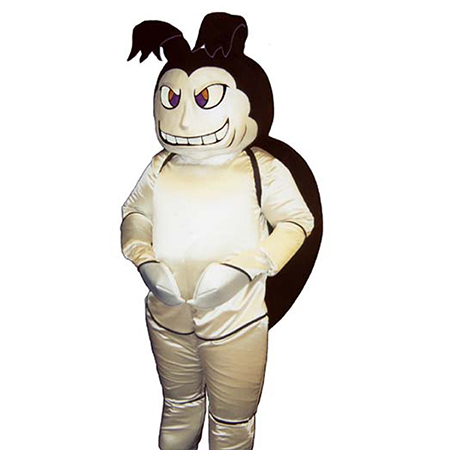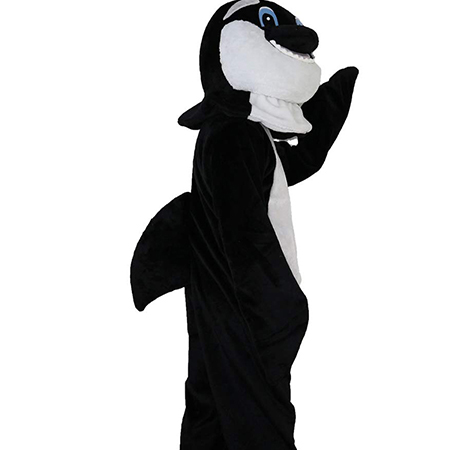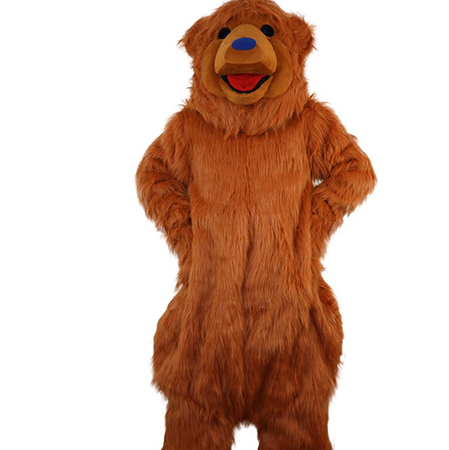Costume design is an art form that often goes unnoticed but plays a significant role in the world of entertainment and performance. Among its many fascinating applications, mascot costumes stand out as a testament to creative ingenuity and illusionistic craftsmanship. These vibrant characters, often seen at sports events, theme parks, and corporate functions, rely heavily on optical illusions and clever techniques to bring their larger-than-life personas to life.
One of the core principles in creating mascot costumes is the use of layering. Designers employ multiple layers of fabric and materials to create depth and dimension. This technique not only adds visual appeal but also allows for dynamic movement. By strategically placing lighter and darker colors, designers can manipulate shadows, giving the illusion of more volume or even three-dimensional features. For instance, the fur texture on a lion mascot might involve several layers of varying shades of tan, meticulously stitched together to mimic the natural gradient and fullness of real fur.

Color theory plays a crucial role in illusionistic costume design as well. Bold, contrasting colors are frequently used to draw attention and enhance visibility from a distance. Mascot costumes often incorporate bright hues that pop against various backgrounds, ensuring they stand out in any setting. Additionally, the juxtaposition of complementary colors can create an optical effect called “color confusion,” where the boundary between different sections blurs, making the costume appear more cohesive and seamless.
Another critical aspect is the manipulation of light and shadow. Mascot costumers often integrate reflective materials and elements designed to catch and refract light, enhancing the character’s vibrancy. The strategic placement of these reflective surfaces, combined with careful lighting arrangements during performances, can create dramatic effects that captivate audiences. Similarly, the use of translucent or semi-opaque materials can add another layer of mystique, allowing glimpses of underlying layers and adding depth to the appearance.

Texture is another element that contributes significantly to the illusion. Advanced sewing techniques and the incorporation of various fabrics, such as faux fur, sequins, and velvet, help in achieving the desired tactile quality. The combination of smooth and rough textures can create a more authentic representation of the character being portrayed. For example, a dinosaur mascot’s scales might be rendered using a mix of shimmering and matte fabrics, carefully stitched to resemble real reptilian skin.
The construction of mascot costumes involves a deep understanding of anatomy and movement. Articulated joints and flexible panels allow performers to move naturally while maintaining the character’s intended shape. This requires intricate engineering and often custom-fitted components that ensure comfort without compromising the illusion. A well-designed mascot costume should enable a performer to walk, dance, and interact fluidly, all while maintaining the visual fidelity of the character.

In conclusion, the magic behind mascot costumes lies in the harmonious blend of color, texture, light, and design principles. The skillful application of these elements creates lifelike characters that enchant and engage audiences across various platforms. Whether it’s a towering bear at a football game or a whimsical cartoon character at a children’s party, the artistry involved in crafting these costumes is a testament to the creativity and technical prowess of costume designers. Through their work, they transform ordinary materials into extraordinary experiences, leaving lasting impressions on everyone who encounters these larger-than-life figures.
